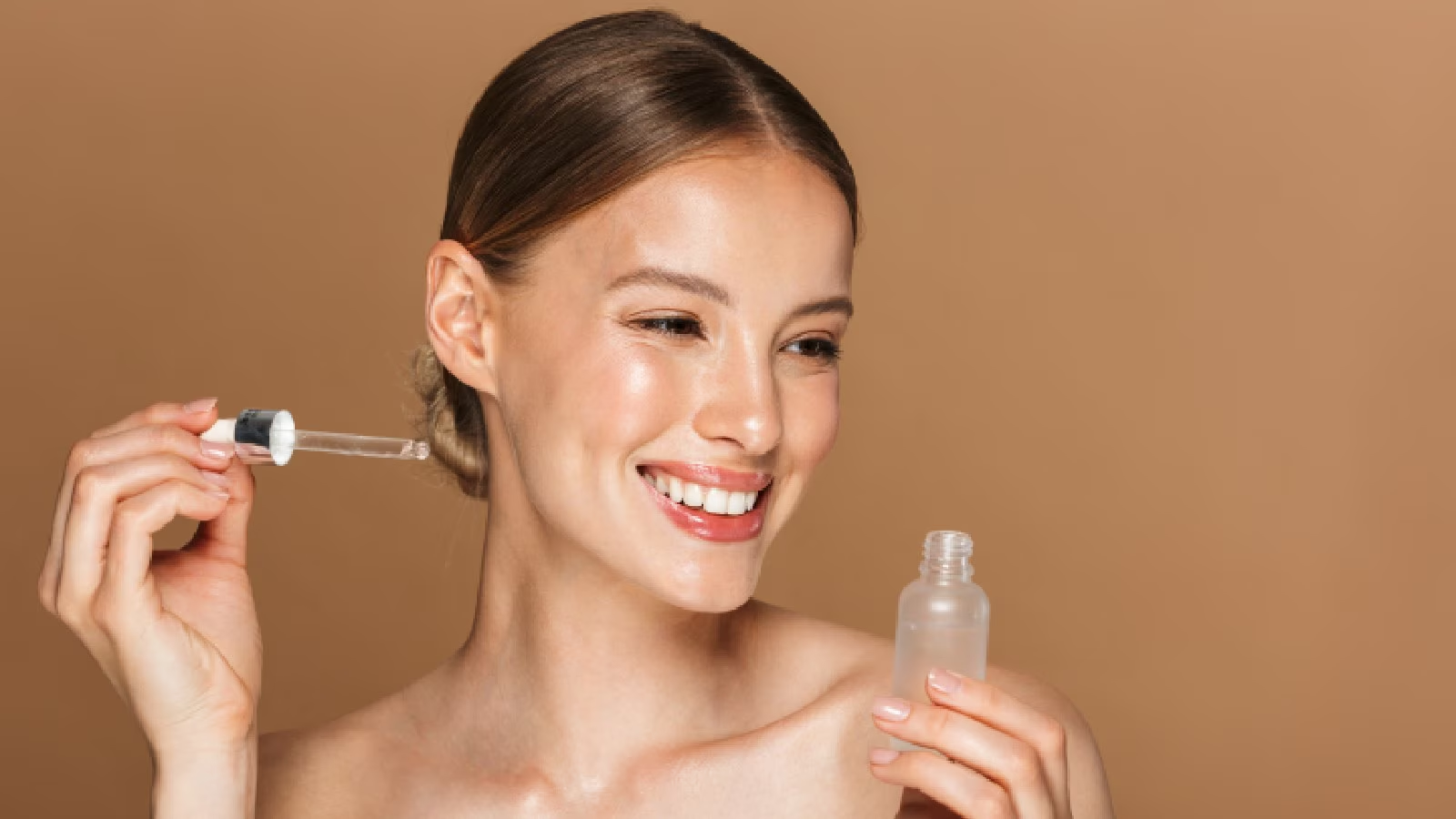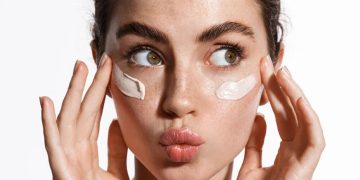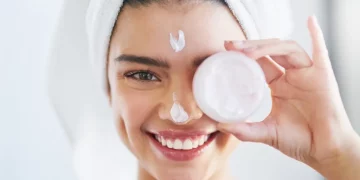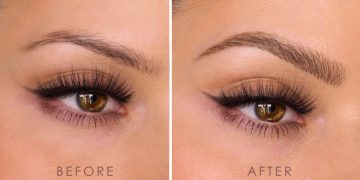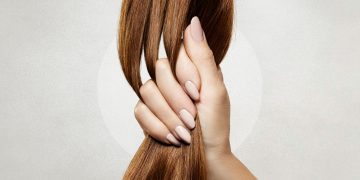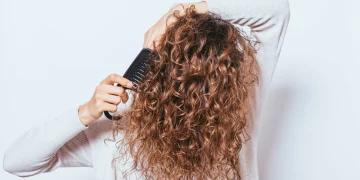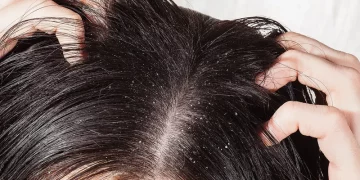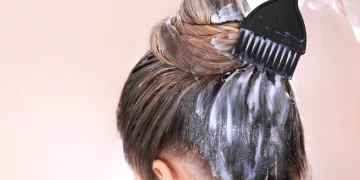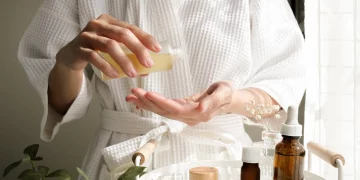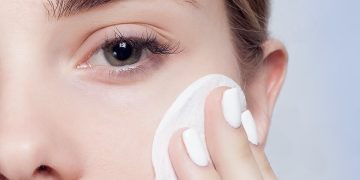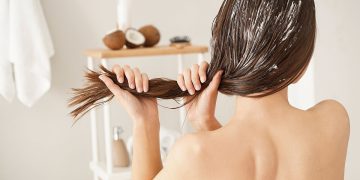Hair care is an essential part of many people’s beauty and grooming routines. Healthy, shiny hair is often considered a sign of vitality, while dull, brittle hair can indicate a problem. But how do you differentiate between dry hair and damaged hair? The distinction between the two is crucial, as each condition requires different care methods. This guide will help you understand the signs, causes, and solutions for both.
What is Dry Hair?
Dry hair is simply hair that lacks moisture. Hair naturally contains water, but when the scalp and strands are deprived of moisture, the hair can appear dull, lifeless, and rough. Dry hair is often the result of environmental factors like cold weather, hot styling tools, or exposure to chemicals in hair products.
Dry hair doesn’t necessarily mean that the hair itself is damaged. It can be restored with proper care and hydration, which makes it more easily treatable compared to damage-related hair issues.
What is Damaged Hair?
Damaged hair, on the other hand, goes beyond dryness. It’s a condition where the hair’s structural integrity is compromised. This can happen due to excessive heat styling, chemical treatments (like coloring or perming), over-brushing, or exposure to harsh environmental factors. Damaged hair often appears frayed, with split ends, breakage, and loss of elasticity.
Unlike dry hair, which can often be revived with moisture, damaged hair may need more intensive treatment to restore its health and strength.
Key Differences Between Dry and Damaged Hair
While dry and damaged hair may seem similar, the differences are important:
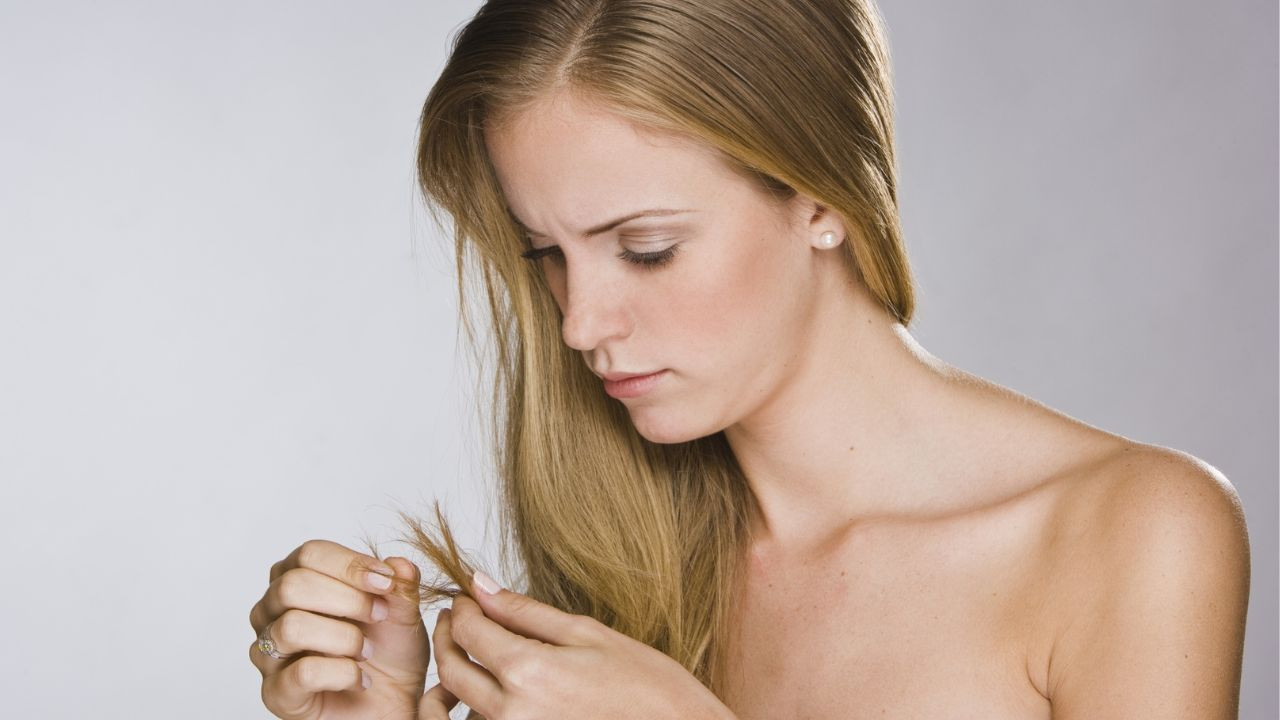
- Dry Hair:
- Lack of moisture in the hair and scalp.
- Appears dull, rough, and lacks shine.
- Often frizzy and tangles easily.
- Can be improved with hydration and proper conditioning.
- Damaged Hair:
- Structural damage to the hair fibers (e.g., broken cuticles or split ends).
- Appears brittle, weak, and often breaks easily.
- May have split ends, frizz, and dullness.
- Needs stronger treatments to repair and restore strength.
Signs of Dry Hair
Dry hair manifests in several ways. Look for these common signs to determine if your hair is simply dry:
- Dull Appearance: Healthy hair reflects light, giving it a shiny, glossy appearance. Dry hair looks lackluster and may feel rough to the touch.
- Frizziness: Dry hair lacks moisture and tends to puff up, creating frizz. This is especially noticeable when the weather is humid or after washing.
- Rough Texture: If your hair feels rough, like straw, it’s a sign that the hair cuticles are not properly moisturized.
- Tangled or Knotted: Dry hair is more prone to tangling. When you brush or comb through your hair, it may catch and form knots.
- Dandruff or Scalp Flakes: A dry scalp can lead to dandruff or flakiness, which is often mistaken for a scalp condition like seborrheic dermatitis.
Signs of Damaged Hair
Damage is more severe than dryness and can often be identified by these signs:
- Split Ends: If your hair ends appear frayed or split into two or more sections, your hair is damaged.
- Brittle and Breakage: Damaged hair breaks easily. You might notice hair strands snapping when you brush or comb your hair.
- Lack of Elasticity: Healthy hair stretches slightly and bounces back. Damaged hair, however, lacks elasticity and may snap when pulled.
- Thinning or Hair Loss: Repeated damage weakens the hair shaft, leading to thinning or even hair loss. This can result from overuse of chemicals, heat, or rough handling.
- Rough and Fragile Texture: Damaged hair feels rougher than dry hair. It may also have a crunchy, stiff feel when touched.
Causes of Dry Hair
Dry hair is caused by several factors, often related to the environment, lifestyle, and hair care practices:
- Weather Conditions: Cold weather, low humidity, and hot summer sun can strip moisture from your hair. Similarly, indoor heating and air conditioning can dehydrate your hair.
- Excessive Heat Styling: Blow dryers, straighteners, curling irons, and other heated tools can rob hair of its moisture. When used frequently, these tools can lead to severe dryness.
- Chemical Treatments: Hair dyes, perms, relaxers, and other chemical treatments can break down the hair’s natural oils, leading to dryness.
- Over-Washing: Washing your hair too often can strip it of natural oils. These oils are essential for maintaining moisture levels and protecting your hair from external stressors.
- Using Harsh Products: Shampoos with sulfates or alcohol-based products can dry out hair. Look for gentle, moisturizing products if you struggle with dry hair.
- Dehydration: Not drinking enough water can lead to dehydration, which affects your skin, scalp, and hair.
Causes of Damaged Hair
Hair damage occurs when the structure of the hair is altered, often due to physical or chemical stress:
- Excessive Heat Styling: Overuse of heat styling tools, such as straighteners, curling irons, and blow dryers, can weaken the hair shaft and cause it to crack.
- Chemical Treatments: Frequent coloring, bleaching, perming, or relaxing can chemically alter the structure of the hair. This weakens the hair and makes it more susceptible to damage.
- Rough Handling: Excessive brushing, tugging, or aggressive towel drying can cause hair to break and split. Wet hair is particularly vulnerable to damage.
- Sun Exposure: The sun’s UV rays can damage hair just as they affect the skin. Prolonged sun exposure causes the cuticles to open, leading to moisture loss and weakening of the hair structure.
- Environmental Pollutants: Air pollution, chlorine from pools, and other environmental factors can cause buildup that weakens the hair over time.
How to Treat Dry Hair
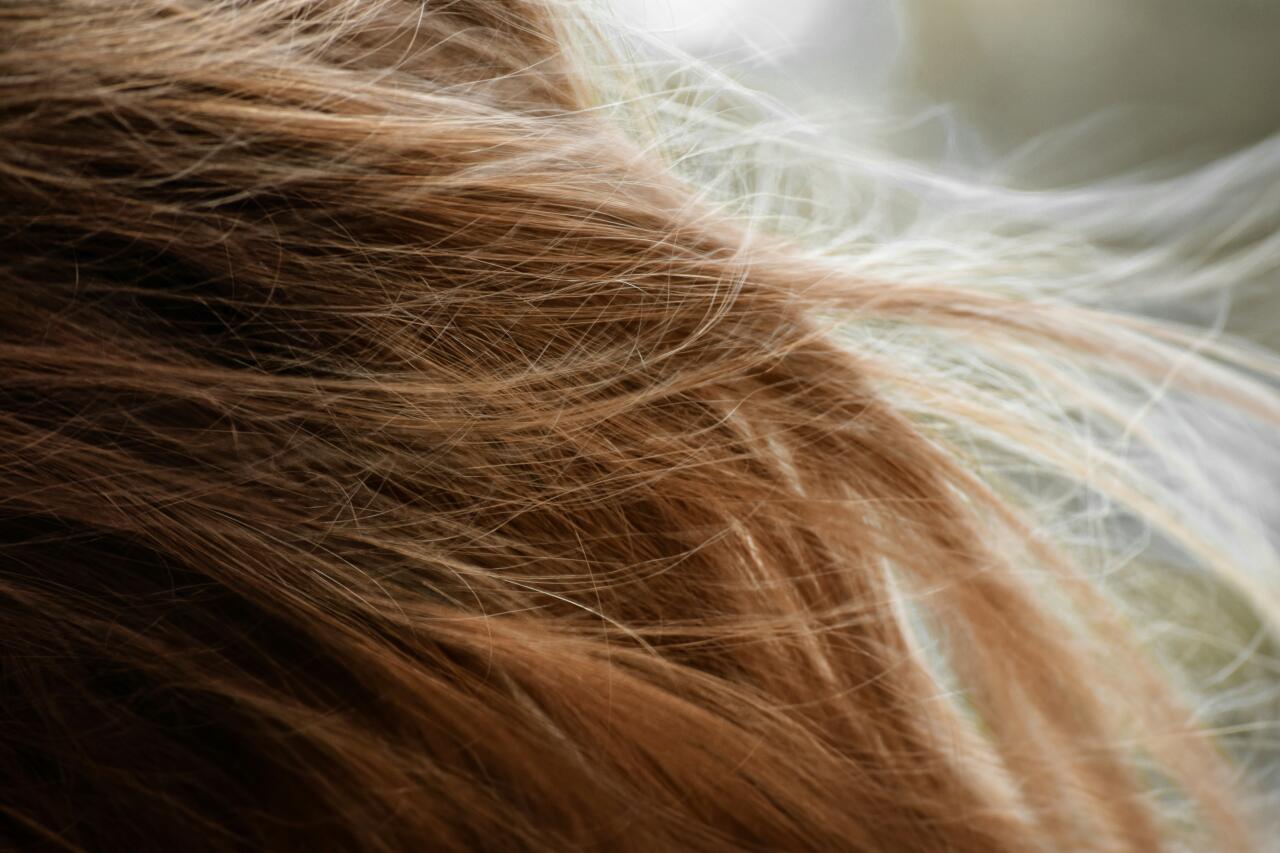
If your hair is dry, the goal is to restore moisture without further stripping it. Here are some effective treatments:
- Use Moisturizing Shampoos and Conditioners: Look for products designed for dry hair that contain nourishing ingredients like shea butter, argan oil, or glycerin. These products help lock in moisture and prevent further dryness.
- Hydrating Hair Masks: Weekly deep conditioning treatments or hydrating hair masks provide intense moisture to dry hair. Leave-in treatments can also help keep hair moisturized throughout the day.
- Avoid Over-Washing: Washing your hair too often removes natural oils. Try washing your hair two to three times a week instead of daily.
- Limit Heat Styling: If you use heated tools, make sure to apply a heat protectant spray to shield your hair from damage. Reduce the frequency of heat styling to preserve moisture levels.
- Use a Humidifier: If you live in a dry climate, using a humidifier can help maintain moisture levels in the air, preventing your hair from becoming overly dry.
How to Repair Damaged Hair
Repairing damaged hair requires a more intensive approach since the hair structure is compromised:
- Trim Split Ends: Regular haircuts are essential to remove split ends and prevent the damage from traveling up the hair shaft.
- Protein Treatments: Damaged hair lacks the necessary proteins that make it strong. Use protein-rich treatments to restore strength. Look for products with keratin or collagen.
- Leave-In Treatments: After washing your hair, apply leave-in conditioners or serums that seal moisture and help repair damaged cuticles.
- Avoid Harsh Chemicals: Minimize exposure to hair dyes, bleach, and other chemicals. If you must color your hair, opt for gentle, ammonia-free formulas.
- Be Gentle with Wet Hair: Wet hair is weaker and more prone to breakage. Use a wide-tooth comb to gently detangle your hair after washing, and avoid rubbing it vigorously with a towel.
Preventing Dry and Damaged Hair
To keep your hair healthy, incorporate these preventive measures into your routine:
- Protect from Heat: Always use heat protection products when styling with hot tools. Give your hair time to air-dry whenever possible.
- Hydrate and Nourish: Drink plenty of water and include hydrating foods like fruits and vegetables in your diet. Omega-3 fatty acids found in fish can also support hair health.
- Avoid Tight Hairstyles: Hairstyles that pull tightly on the hair, like ponytails or braids, can cause breakage. Opt for looser styles to prevent strain on the hair shaft.
- Limit Chemical Exposure: If you color your hair, do so sparingly and always follow up with moisturizing treatments. Consider going natural to avoid unnecessary chemical damage.
Conclusion
Dry hair and damaged hair may seem similar at first, but they require different care approaches. Dry hair can often be revived with moisture, while damaged hair needs more intensive repair treatments. By recognizing the signs of both conditions and adopting the right care strategies, you can maintain healthier, more vibrant hair for the long term.



